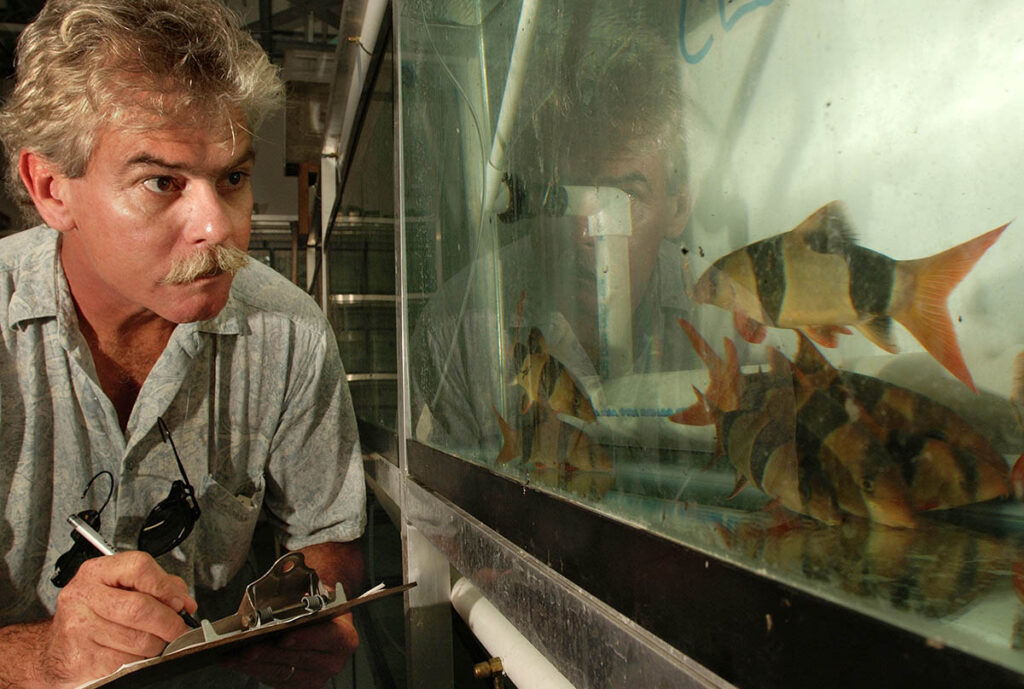
via University of Florida Institute of Food and Agricultural Sciences (UF/IFAS)
with additional photography by Matt Pedersen/CORAL & AMAZONAS Magazines
Through a first-of-its-kind survey, UF/IFAS has shown that tropical fish farmers bring over $172 million in sales to Florida’s economy.
“One hundred seventy-two million dollars in sales alone? That’s the kind of industry we can all support,” said Craig Watson, director of the UF/IFAS Tropical Aquaculture Lab, who conducted the survey.
The $172 million reflects the sales of fish by members of the Florida Tropical Fish Farmers Association (FTFFA) in 2021. That includes direct sales to wholesalers, plus sales to pet shops and other retail tropical fish sales – in other words, revenue made from selling tropical fish and aquatic plants from Florida. Watson elaborated, “The survey includes sales of [both freshwater and saltwater] fish, corals, snails, aquatic plants, and a few other odds and ends.”
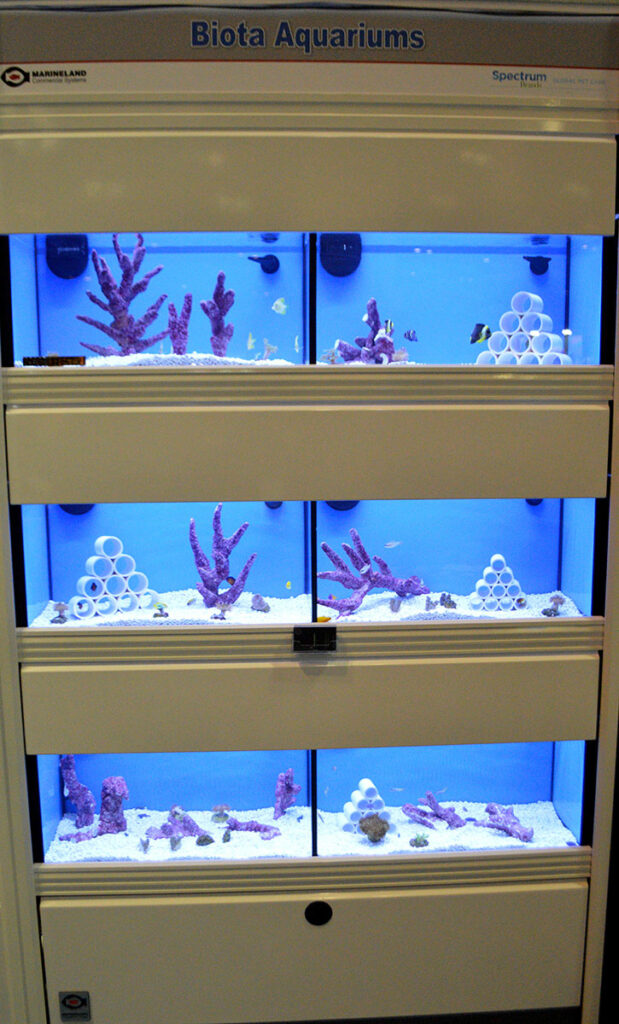
In the United States, topical fish are farmed mostly in Florida, from St. Augustine to Miami. Imported fish come mostly from Asia – specifically, Thailand, Indonesia, Singapore, China, and Japan.
At the beginning of the pandemic, pet shops closed, and that hurt the industry. But when Asian imports came to a halt at the start of COVID, domestic tropical fish sales benefited, Watson said.
“Pet shops, which had been shut down at the start of the pandemic, were quickly deemed essential businesses,” Watson said. “People were home and looking for hobbies. Some went to pet shops, and the pet industry exploded.”
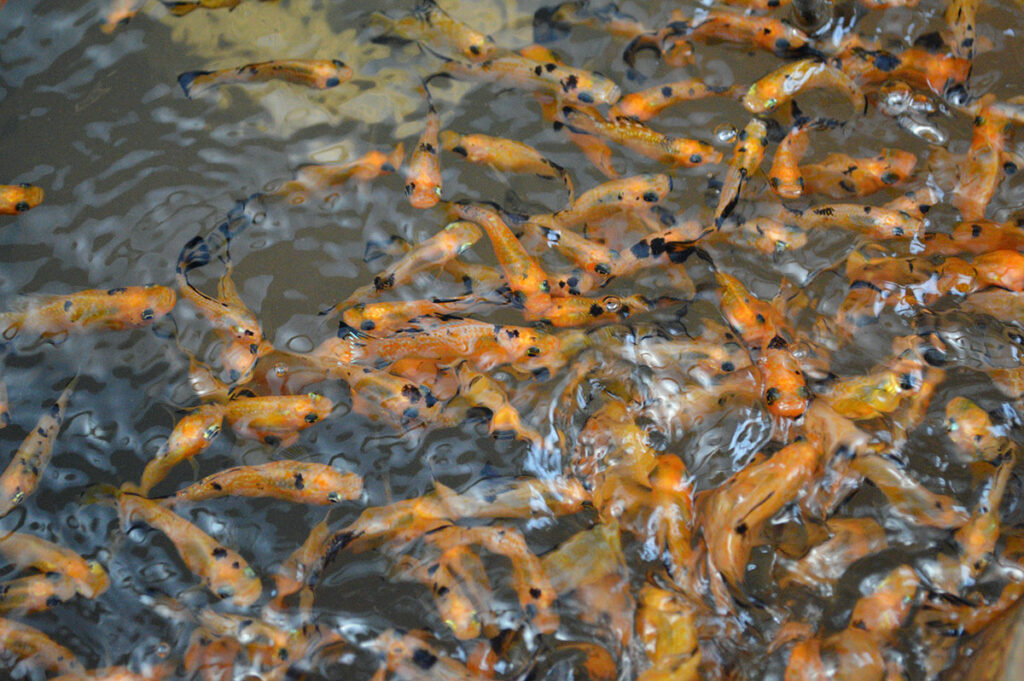
“In a period of hard times – including a pandemic — this is a good story of a unique form of agriculture that belongs to Florida,” he said.
One report to which Watson pointed for comparison came from 2012, when the Florida Agriculture Statistics Service reported $27 million in farm-gate fish sales. Additionally, the most recent Census of Agriculture, conducted in 2018 by the U.S. Department of Agriculture, reported farm-gate values for Florida fish producers of $28.7 million.
Farm-gate refers to the amount of money the farmer receives from the direct sale of his or her fish, straight from the farm. It excludes other sales that Watson’s 2021 survey reflects. He hypothesized that the $27 million figure did not reflect the entirety of tropical fish sales from Florida producers, and he set out to prove it with the 2021 study.
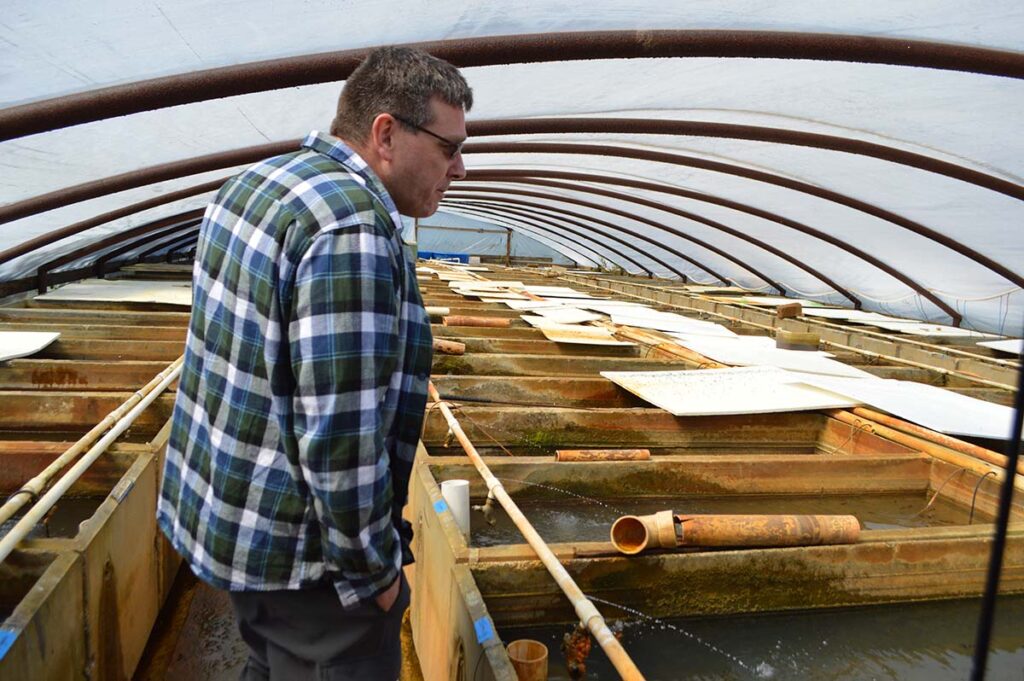
“Our annual evaluations of the economic impact of the programs at the Tropical Aquaculture Laboratory just for Hillsborough County showed the 2012 reported values were significantly below the true value,” he said.
For his survey, Watson asked members of the FTFFA two questions: How much did they make from sales of their fish, and how many people do they employ, and 80 percent participated in the survey.
Watson attributes the high participation in his survey to participant anonymity and, more importantly, its conciseness. “A lot of times, producers don’t want to respond to surveys because they take too long to answer.”
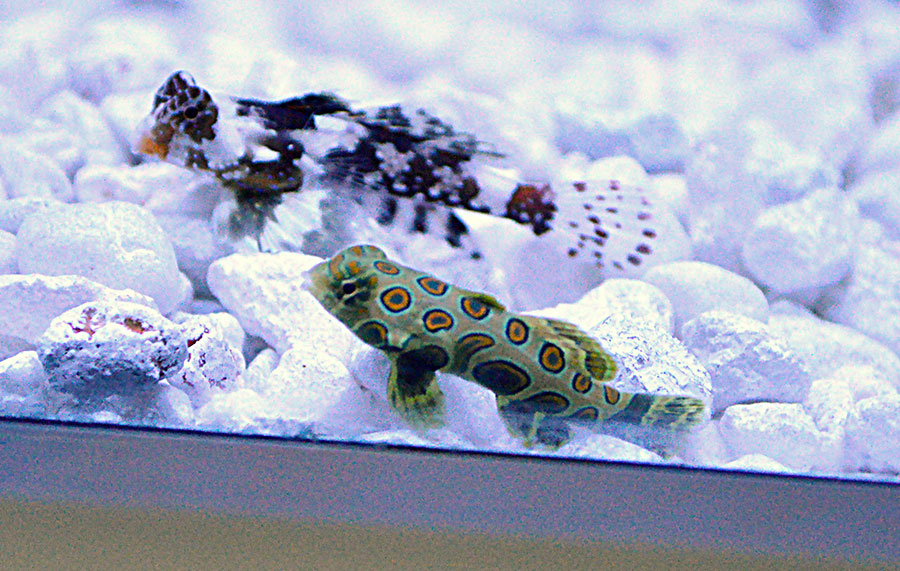
###






Trackbacks/Pingbacks